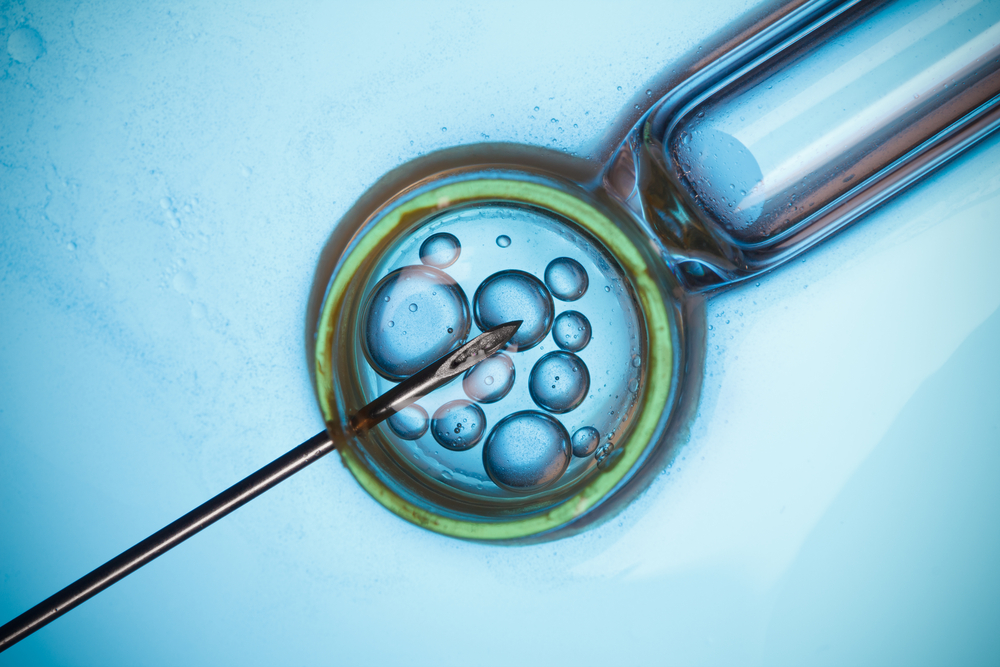
According to Forbes, almost 20% of Russian couples are unable to conceive naturally. Coming to the rescue of high technology: for 40 years all over the world successfully practiced IVF, or in vitro fertilization.
Here only the method is surrounded by rumors and myths that interfere with future parents to make the right choice. Today we will refute the most common:
1. First you need to try to recover at the gynecologist
Yes, if there are problems with infertility, you should start with the gynecologist. However, the treatment in the antenatal clinic may take several years, but did not lead to a pregnancy: for example, endocrine infertility can be successfully cured only in 70% of cases. Couple loses time, the prognosis of pregnancy worsens, develops stress, relationships deteriorate.
Therefore, if treatment does not bring results within a year, doctors recommend not to delay IVF. The world Health Organization (who) considers this method the most effective for infertility.
2. This “artificial” pregnancy

No, pregnancy after IVF is physiologically indistinguishable from the natural. The entire process, including labor, will proceed in the same way as after normal conception.
And, of course, children conceived through IVF are normal children. Such as healthy and fully as everyone else. Scientists from the Russian Association of human reproduction confirmed this after years of observation of 27 000 children in a test-tube.
3. After IVF birth of twins and triplets
Earlier it happened often. Embryos rarely survived, and many of the participants have agreed to transfer multiple eggs to increase your chances. Therefore, a multiple pregnancy was in the order of things.
But now the embryos survive in 99.8% of cases, and therefore no longer need to plant several pieces. Today in Russia in 70% of cases, transferred only one embryo.
4. The chances of getting pregnant are still very low

A lot depends on the woman’s age, cause of infertility and even the attitude of the parents. If circumstances are favorable, the probability to become pregnant after the first attempt may reach 50%.
On average, according to the Russian register of IVF, the first attempt ends in a pregnancy in 35% of cases.
5. It is very expensive
IVF can be done at the expense of the state, under the policy of OMS. For this you need to contact your gynecologist at the place of residence.
6. It is difficult and long
If you treat pregnancy responsibly, it is always a difficult event. ECO in this regard is not much different from the usual conception: you have to get rid of bad habits and pass examination.
The woman should undergo a pelvic examination, pelvic ultrasound, blood HIV, hepatitis, syphilis, hormone levels, and DAB on the infection. Male – blood tests and smears and also semen. All together takes 2-3 weeks. After that, the doctor will be able to select a suitable in vitro method.
During the procedure, the woman needs to take specialized medications. Dose and regimen are selected based on the individual characteristics of the patients and the entire treatment takes place under medical supervision.
The procedure goes like this: the egg is removed from the body through the puncture, and then in the lab connect with a pre-prepared sperm. Partner or a donor – as you decide. A fertilized egg will grow for 5-6 days in the incubator, after which the embryos will be implanted into the uterus.
After implantation, the woman in some cases again prescribe a course of hormone therapy to support pregnancy.
7. It is dangerous
If there are no contraindications, IVF is no harm to either the mother or the child. You can hold it as many times as required, without restrictions. Sometimes IVF even safer normal pregnancy, because embryos can be tested for absence of genetic abnormalities: down syndrome, hemophilia, etc.
